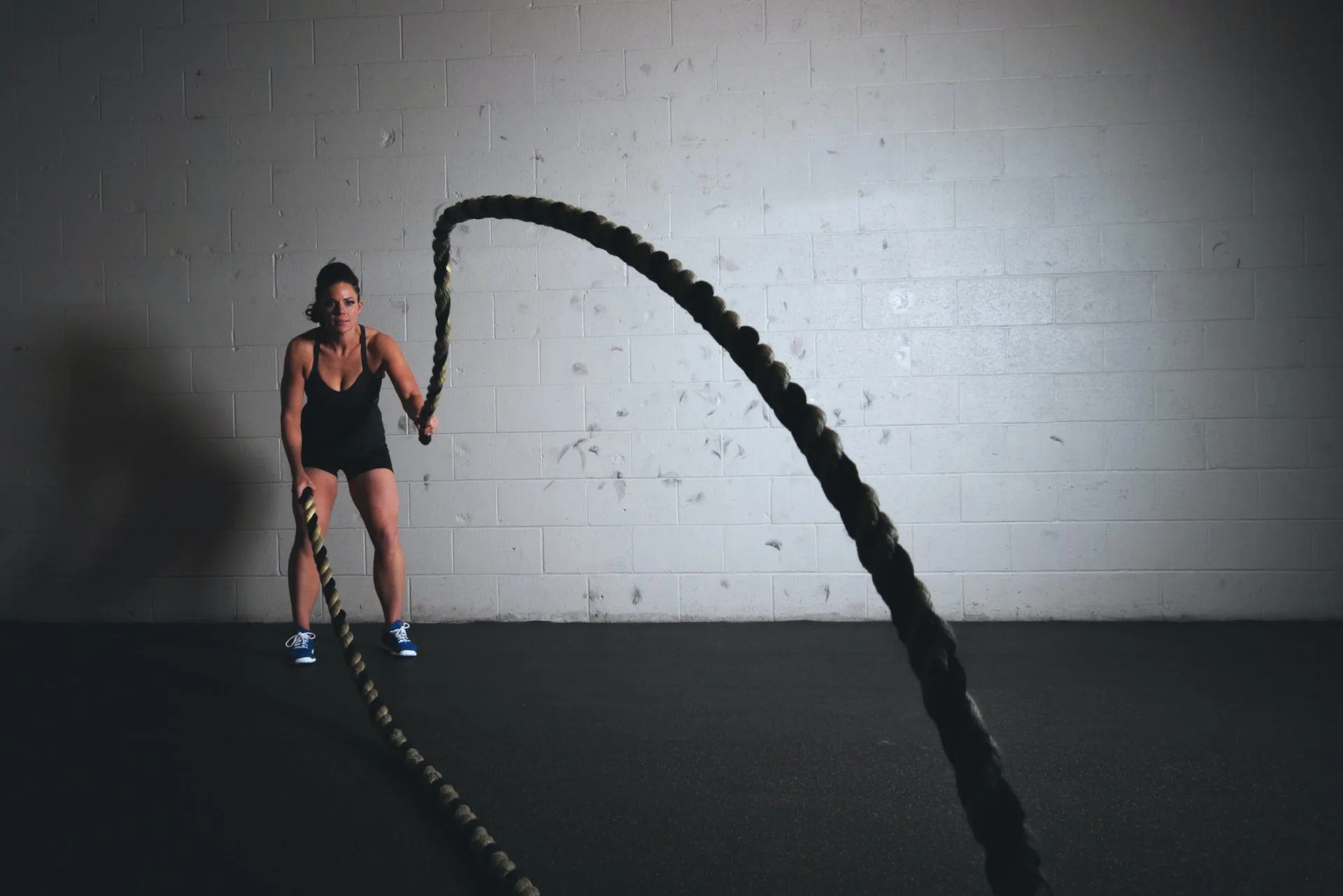The World Health Organisation (WHO) recommends 150–300 minutes of moderate-intensity aerobic physical activity and at least 75–150 minutes of vigorous aerobic physical activity. If you’re looking for ways in which you can adhere to the 75–150 minutes of vigorous-intensity exercise, HIIT (high-intensity interval training) is a common route to take. Not only will HIIT help you meet the WHO’s recommended guidelines, but a recent study has suggested that just 6 minutes of it may protect your brain from Alzheimer’s disease.
Fitness regime for Alzheimer’s
According to worldwide estimates, Alzheimer’s cases are expected to grow from 55 million people worldwide to 78 million by 2030. Sadly, there is currently no definitive cure for the condition. So, researchers continue to work to find ways in which to mitigate one’s risk of the disease.
One area of research that has gained attention is the brain-derived neurotrophic factor (BDNF). BNDF is a specialized protein that promotes neuroplasticity. Essentially, BDNF encourages areas of the brain to build new connections and pathways, and these areas are vital for memory, learning, and higher cognitive functions. Previous animal studies have indicated that increased BDNF levels may ease mental deterioration and improve memory function.
Research has found that BNDF factors can help increase BNDF levels, including exercise, fasting, and sunlight exposure. As BDNF has been shown to improve cognitive function in animals, a new study delved into whether this can be true in humans as well and if exercising can help to increase BNDF levels.
HIIT for Alzheimer’s?

Jacob Lund/Shutterstock
“BDNF has shown great promise in animal models, but pharmaceutical interventions have thus far failed to safely harness the protective power of BDNF in humans.” said study lead author Travis Gibbons,
“We saw the need to explore non-pharmacological approaches that can preserve the brain’s capacity, which humans can use to naturally increase BDNF to help with healthy aging.”
For the study, researchers from the University of Otago, New Zealand, examined 12 physically active participants. Participants consisted of six males and six females aged between 18 and 56 years being part of the study. To determine which factors were influencing BDNF production, the researchers compared the following factors to study the isolated and interactive effects:
- Fasting for 20 hours,
- Light exercise (90-minute low-intensity cycling),
- High-intensity exercise (a six-minute bout of vigorous cycling),
- Combined fasting and exercise.
According to the findings of the study, published in The Journal of Psychology, vigorous exercise was found to increase BDNF more efficiently, compared to a day of fasting with or without a lengthy session of light exercise. In fact, the researchers noted that BDNF levels increased by four to five-fold more compared to fasting or prolonged activity.
As for how high-intensity exercise helped to increase BDNF levels? Researchers believe this can be linked to exercise increasing the number of platelets. Platelets, which are a type of blood cell, also happen to store large amounts of BDNF.
BDNF for a healthier brain
Speaking in a media release, Gibbons pointed out that while BDNF has shown great promise in animal models, pharmaceutical interventions have yet to safely harness the protective power of BDNF in humans. With rising Alzheimer’s cases, there is an urgent need to explore non-pharmacological approaches that can protect the brain.
As such, Gibbons and his team are working to investigate not only how exercise can increase BDNF levels, but also if the combination of fasting and exercise could be the key to a healthier and Alzheimer-free brain,
“We are now studying how fasting for longer durations, for example up to three days, influences BDNF. We are curious whether exercising hard at the start of a fast accelerates the beneficial effects of fasting. Fasting and exercise are rarely studied together. We think fasting and exercise can be used in conjunction to optimise BDNF production in the human brain.”
MAIN IMAGE CREDIT: Photo by Scott Webb on Unsplash
References
Erickson KI, Miller DL, Roecklein KA. The Aging Hippocampus: Interactions between Exercise, Depression, and BDNF. The Neuroscientist. 2012;18(1):82-97. doi:10.1177/1073858410397054
Gibbons, T.D., Cotter, J.D., Ainslie, P.N., Abraham, W.C., Mockett, B.G., Campbell, H.A., Jones, E.M.W., Jenkins, E.J. and Thomas, K.N. (2023), Fasting for 20 h does not affect exercise-induced increases in circulating BDNF in humans. J Physiol. https://doi.org/10.1113/JP283582



![women [longevity live]](https://longevitylive.com/wp-content/uploads/2020/01/photo-of-women-walking-down-the-street-1116984-100x100.jpg)










